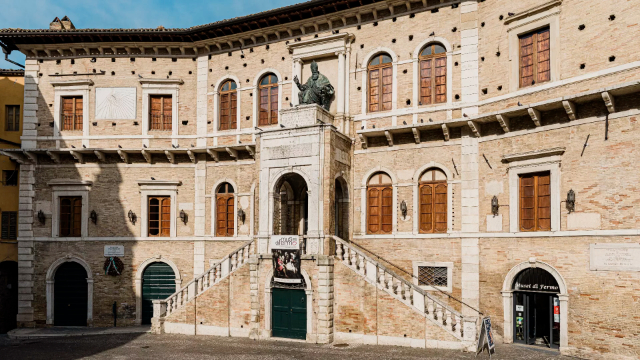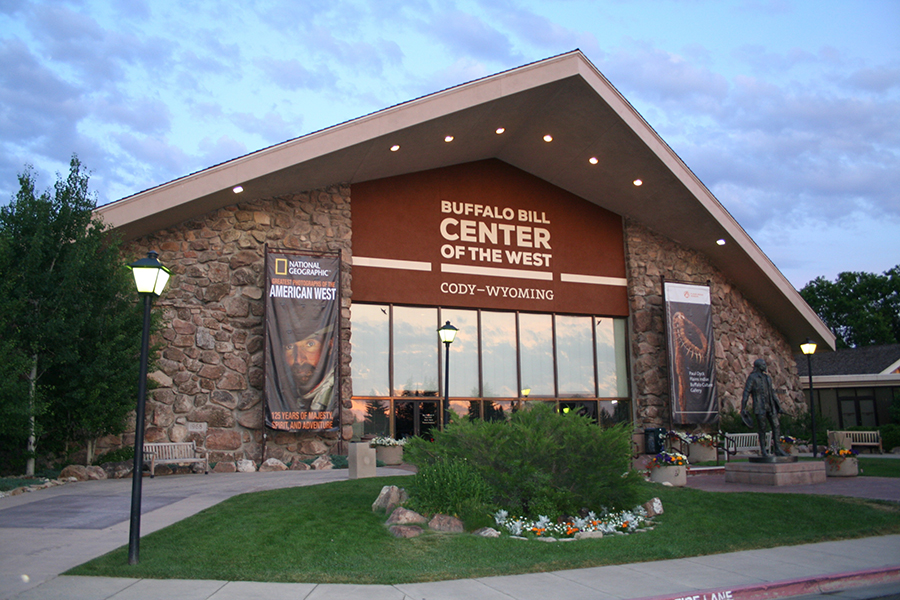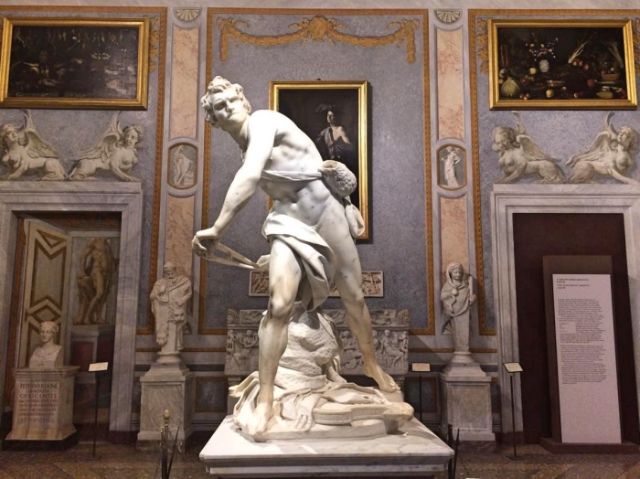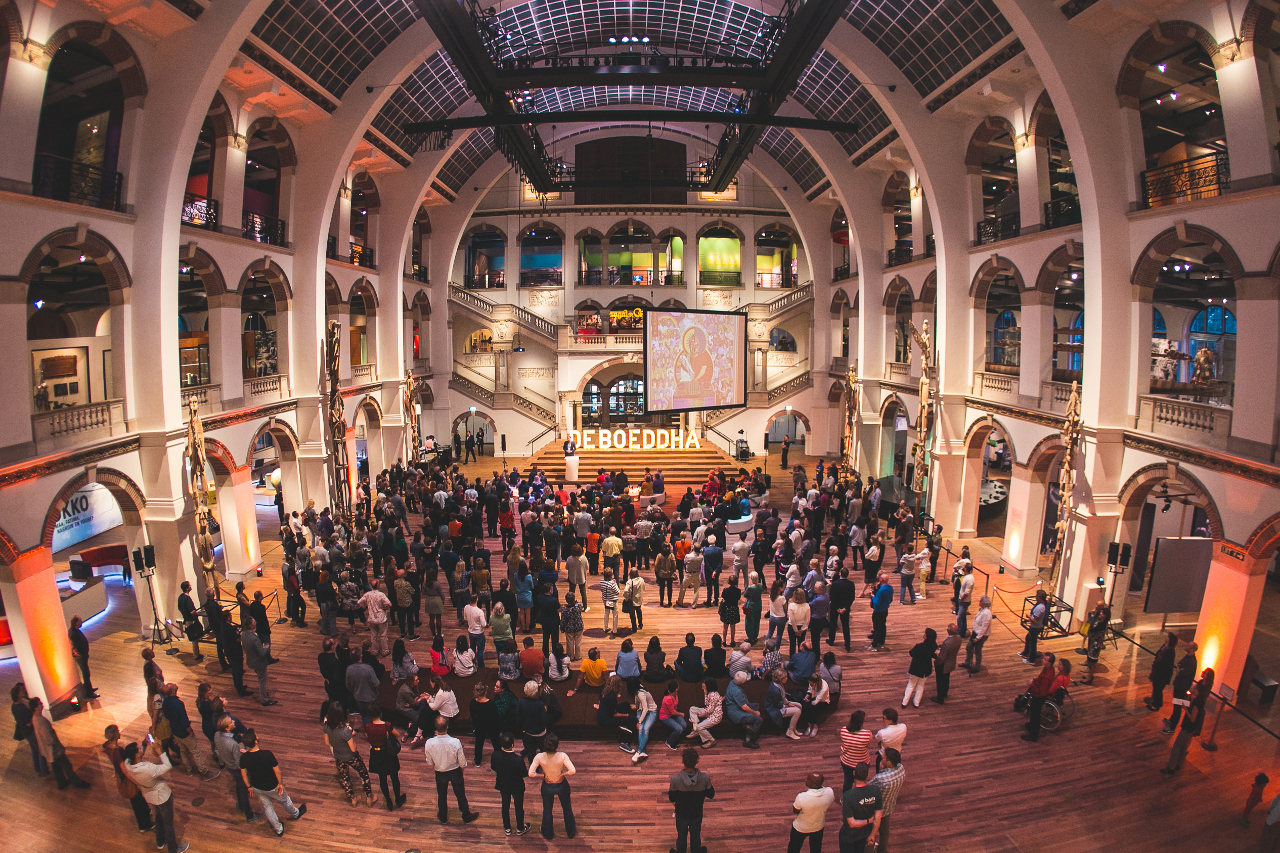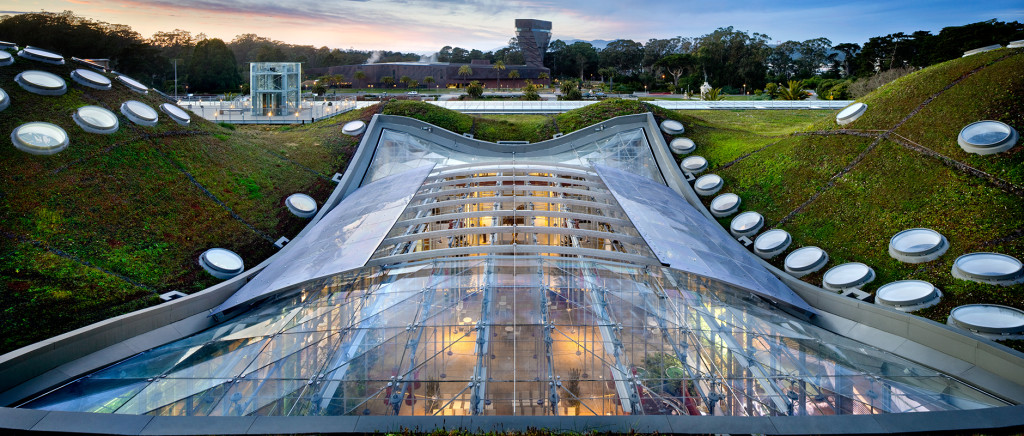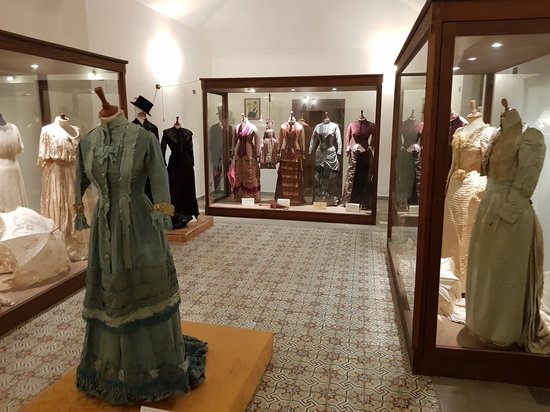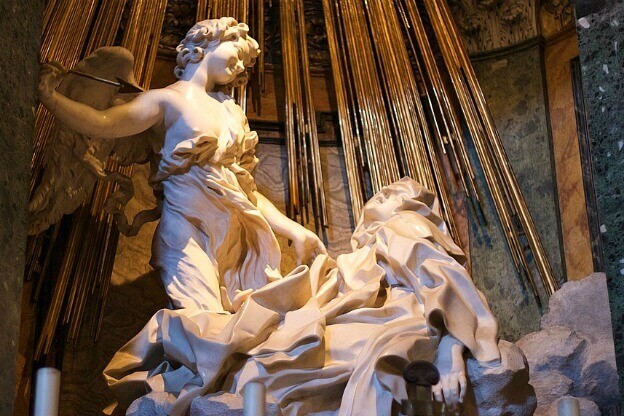The Pinacoteca is housed in the Palazzo dei Priori, which dates back to 1296 and was formerly the town hall. The building, restored in the first half of the 15th century and completed in 1525, has a double staircase in the center that rises to a small entrance portico on which is placed the bronze statue of Sixtus V, a 16th-century work by the Tuscan Accursio Baldi. Established in 1890 in some rooms of the Biblioteca Civica, the Pinacoteca was set up, in its current location, in 1981. It houses, among other things, an important collection of paintings from the Marche and Veneto schools, along with stone artifacts, costumes, coats of arms, porcelain, furniture and valuable objects. Among the most significant works are those by Andrea da Bologna, Francescuccio di Cecco Ghissi, Jacobello del Fiore (Stories of St. Lucy), Vittore Crivelli (Crucifixion), Vincenzo Pagani, Giuliano Presutti and Giovanni Lanfranco (Pentecost).Of particular interest is a Flemish tapestry made to a design by Giusto de Gand and Peter Paul Rubens’ painting of The Adoration of the Shepherds, commissioned from the painter in 1608 by the Philippine Fathers for their church. Included in the tour of the picture gallery is the valuable "Sala del Mappamondo" commissioned by Fermano Cardinal Decio Azzolino j. and built in 1688 by architect Adamo Sacripante, which preserves the oldest core of the library. The Hall, fully furnished with walnut shelving, houses part of the Municipal Library’s ancient collection donated mainly by the ferman Romolo Spezioli, personal physician to Queen Christina of Sweden. Dominating the room is the imposing globe, made by geographer Silvestro Amanzio Maroncelli in 1713.The Picene museum section located on the ground floor of the Palazzo dei Priori is based on a first essential sampling of the very rich documentation recovered by the Marche Archaeological Superintendence in almost a century of systematic investigations in the area and, for the rest, on the materials of the municipal collection, rearranged and provisionally spun off from the Antiquarium closed for restoration. The first room offers a quick summary of Fermo’s pre-Roman archaeology, updated to the latest discoveries and based on the results of systematic excavations conducted since the early 1900s in the municipal area. The cinerary urns and grave goods of two tombs from the 8th cent. BCE. B.C., one male and the other female, exemplify the nature of the territory as a Villanovan cultural island in the early Iron Age. The grave goods of an inhumation tomb from the late 6th cent. BCE. B.C. and the black-painted skyphos of another burial from the 4th/3rd cent. B.C. C. document the uninterrupted continuation of the settlement, now completely reabsorbed into the indigenous context of the Picenian civilization. From recent excavations on the Girfalco a few fragments of Bronze Age pottery and Attic red-figure vases confirm, on the top of the hill where the Roman, medieval-modern town later arose, a very ancient and long-lasting frequentation. The second and third rooms display the municipal archaeological collection, which refers to the same chronological period. On display are artifacts from the Picenian civilization, which, now disengaged from their contexts of origin, are nevertheless didactically presented divided by functional classes, offering a complete panorama of the uses and customs of the Picenes (in order: fibulae, ornamental and enigmatic objects, weapons, utensils and pottery).
